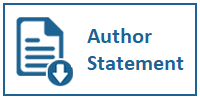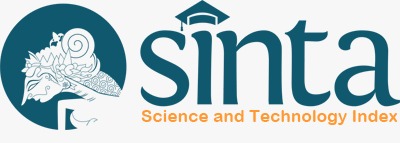FROM EMISSION TO OFFSET: REINVENTING GREEN STRATEGIES FOR A SUSTAINABLE EDUCATION
DOI:
https://doi.org/10.31937/akuntansi.v17i1.4154Abstract
Abstract - This study seeks to estimate carbon emissions generated from electricity consumption and waste disposal activities in student dormitories, assess the carbon sequestration required through reforestation efforts, and examine the role of asset management in supporting the implementation of an eco-office framework. Data were collected through institutional documentation concerning electricity-consuming assets and field observations related to waste management practices. A descriptive quantitative approach was employed to analyze the emission data. The findings indicate that total annual carbon emissions amounted to 394.124 tons of CO₂, with electricity consumption accounting for 98.85% of this total. To offset these emissions, an estimated 40 to 77 trees would need to be planted annually, contingent on the species selected. Asset management was identified as a key component in enhancing energy efficiency, promoting circular waste management systems, and informing reforestation initiatives. These results highlight the urgency for integrated, evidence-based sustainability strategies in higher education institutions, particularly those that incorporate energy monitoring, carbon offset mechanisms, and environmentally responsible asset governance.
Keywords: Carbon; Emission; Offset; Green Strategy; Sustainability
Downloads
Downloads
Published
How to Cite
Issue
Section
License
Copyright (c) 2025 Steven Novanolo Mendrofa, Resi Ariyasa Qadri

This work is licensed under a Creative Commons Attribution-ShareAlike 4.0 International License.
Authors retain copyright and grant the journal right of first publication with the work simultaneously licensed under a Creative Commons Attribution-ShareAlike International License (CC-BY-SA 4.0) that allows others to share the work with an acknowledgement of the work's authorship and initial publication in this journal.
Authors are able to enter into separate, additional contractual arrangements for the non-exclusive distribution of the journal's published version of the work (e.g., post it to an institutional repository or publish it in a book), with an acknowledgement of its initial publication in this journal.
















